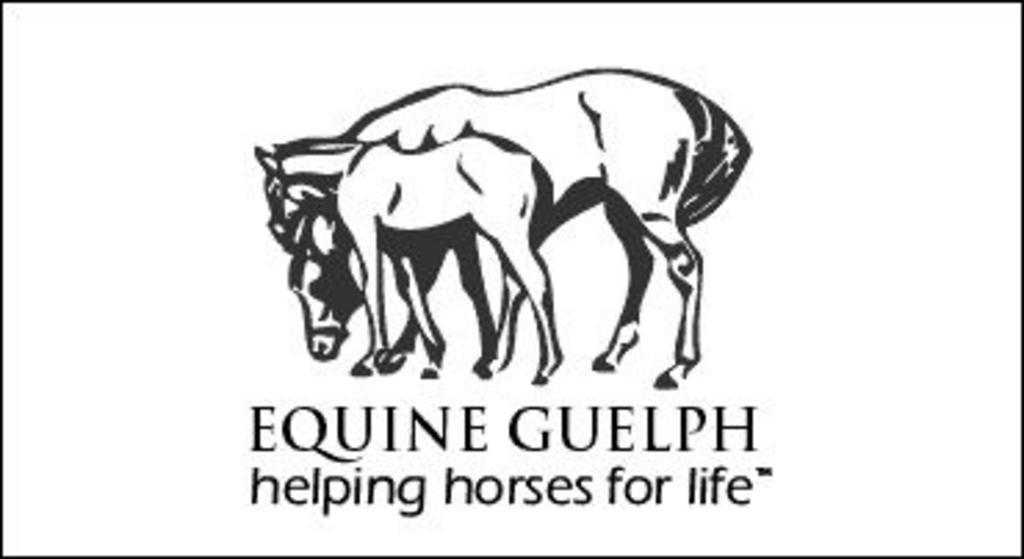Fall Sickness Prevention Course

While spring is prime time for everyone to clean the barn and schedule vaccinations; autumn biosecurity practices often fall by the wayside.
It is easy to get caught up in planning fall fairs and other outings; squeezing in every moment of riding time possible before the daylight hours are in short supply. Don’t fall victim to the flu or other disease risks this autumn! Staying vigilant on measures that promote the health of your horse is key. Equine Guelph makes it easy with their Sickness Prevention in Horses online short course offered on TheHorsePortal.ca this October 21 – Nov 1, kindly sponsored by Merck Animal Health.
Returning as guest speaker, Dr. Alison Moore, Lead Veterinarian, Animal Health & Welfare at Ontario Ministry of Agriculture, Food and Rural Affairs, will provide a wealth of information to the participants. Always fantastic at simplifying biosecurity, Moore explains, “It is really about diligence rather than difficulty.” The easy changes that help protect horses from getting sick will be discussed while referring to the National Farm and Facility Level Biosecurity Standard for the Equine Sector. By the end of two weeks, horse owners will learn how to deploy an effective biosecurity plan to preserve the health and performance of horses in their care.
As well as taking part in two-way discussion with the instructor, guest speaker and peers, participants will see videos from infection control experts such as Dr. Scott Weese. Students will also learn how to set up quarantine programs, create a risk assessment checklist, set up a plan at their facility for access management and prepare for emergencies.
The easy steps to prevent spread of disease like washing hands, not sharing any equipment and not allowing nose to nose contact are all good review. Then there are the steps that are often forgotten like scheduling a flu booster shot, separating horses that are new to the barn or returning from an event, taking temperatures to monitor for signs you can’t see and even making sure strangers do not stroke your horse (who knows how many ponies they have patted before yours). Trailering with horses from your own barn is also preferred to sharing a ride with a neighbouring facility. If you hire a commercial shipper find out what biosecurity procedures they perform between loads of horses.
Disinfecting doesn’t do a darn thing if not preceded by a cleaning that removes surface debris. For instance: caked-on dirt can prevent disinfectants (such as Virkon or Accell) from properly contacting surfaces. It is important to reduce the burden of bacteria, viruses, fungi and other organisms in your horses’ environment. Disease-producing microbes can easily be transferred from one facility to another via hands, footwear, clothing and equipment, so both cleaning and disinfecting need to be practiced with vigilance. Contact times required also vary between disinfectants so be sure to follow directions carefully. One also needs to be cautious when deliberating the use of pressure sprayers as they can aerosolize certain viruses.
“No one deliberately wants to spread disease,” says instructor Dr. Susan Raymond, “every horse owner has a vested interest in learning to reduce the risks of sickness in their horse and implementing best management practices that protect every horse they come into contact with.”
Check out Equine Guelph’s Biosecurity Risk Calculator and sign up today for the online Horse Portal course Sickness Prevention in Horses.
(Equine Guelph)

